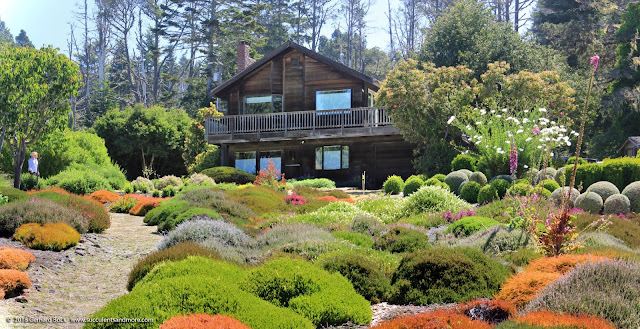Bodacious bromeliads at Sacramento Bromeliad Society show

Yesterday I went to the 2018 Show and Sale of the Sacramento Bromeliad and Carnivorous Plant Society . As I had hoped, it was a great opportunity to see plants I only know from books and the web. I'm a rank novice when it comes to bromeliads (especially cultivation) but I'm fascinated by the wide range of forms and colors. And I came home with a box full of treasures—it's hard to resist a good sale with prices that can't be beat. Here are some of the plants that caught my eye in the show. They're in no particular order, just like the show itself didn't seem to be in any particular order. It's easy to see why many succulent fanatics are into bromeliads as well. Cryptanthus 'Thriller'








